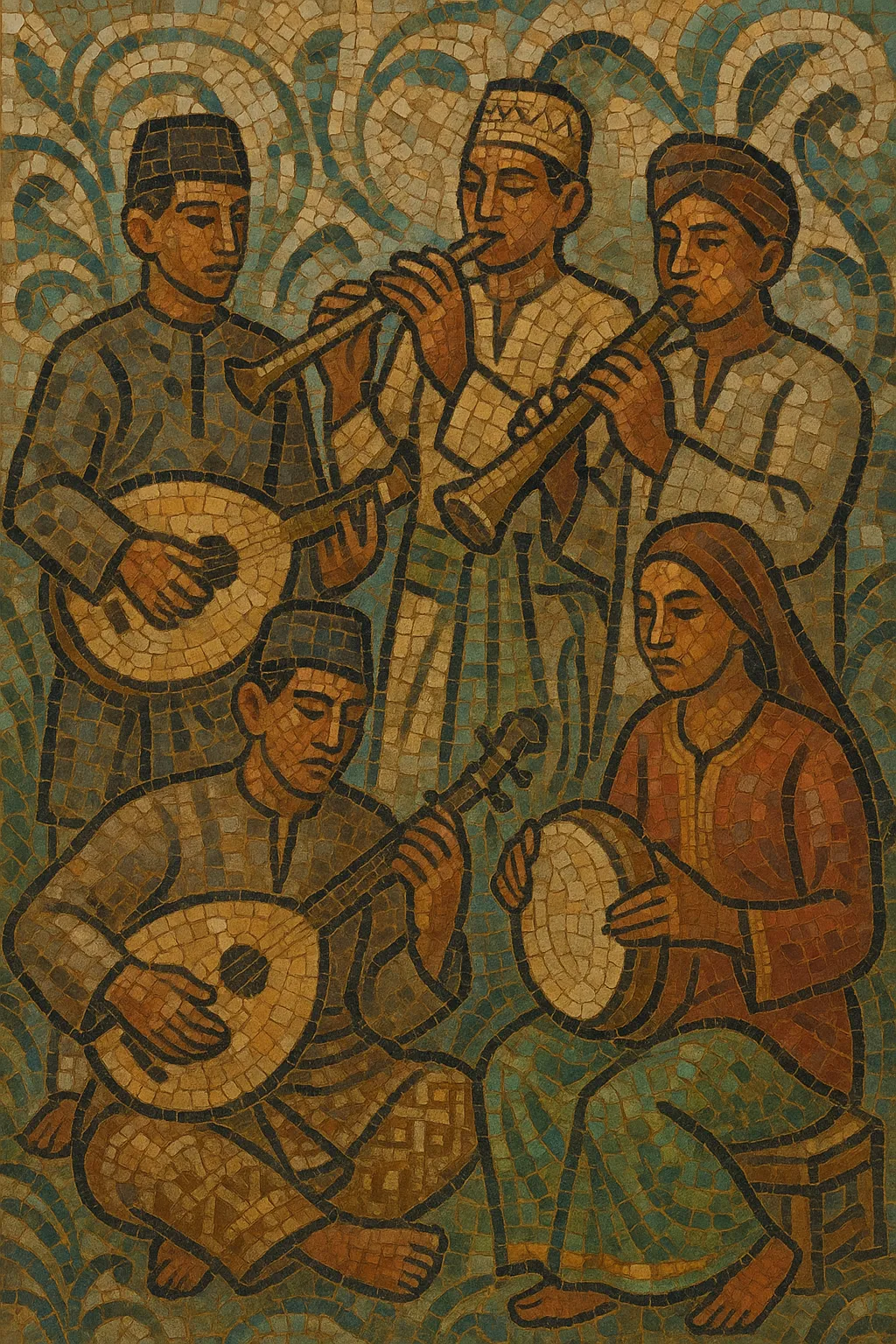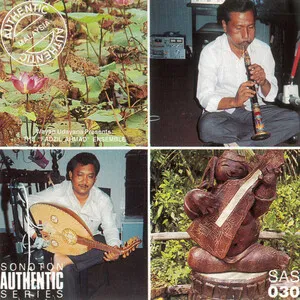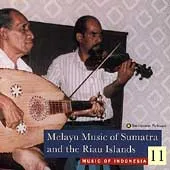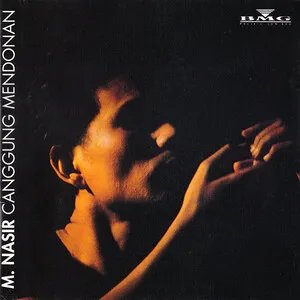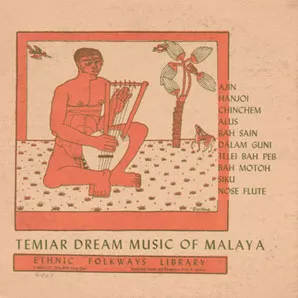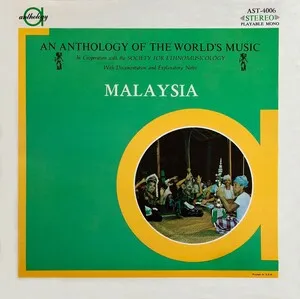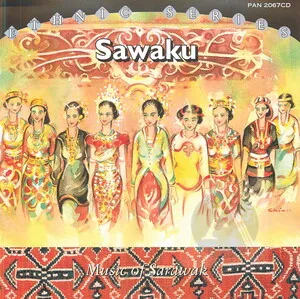Malay folk music refers to the traditional vocal and instrumental practices of the Malay people of the Malay Peninsula (modern Malaysia), coastal Sumatra, Borneo, and the Riau–Lingga archipelago.
It blends indigenous Malay melodic sensibilities and poetic forms (pantun, syair, gurindam) with musical elements brought by Arab, Persian, Indian, and later European contacts. Core idioms include Asli (slow, ornamented song style), Inang and Joget (dance-song meters), Zapin (Arab–Hadhrami-derived devotional dance music), Dondang Sayang (improvised pantun trading), and regional theatre forms (e.g., Mak Yong). Typical instruments include gambus (Arab lute), biola/violin, seruling (bamboo flute), serunai (shawm), rebab (spike fiddle), harmonium or accordion, and frame/drum pairs such as kompang, rebana and marwas.
By the 1400s–1500s, Malay courts such as Melaka were vibrant maritime hubs. Indigenous song-poetry (pantun, syair) and ritual singing merged with courtly entertainment, producing early Asli and Inang styles. Nobat (court ensemble) and later Malay gamelan reflected exchange with the wider archipelago.
From the 16th century onward, Hadhrami Arab and Persian traders, clerics, and literati introduced devotional and poetic practices. Zapin (with marwas frame drums and gambus), qasidah, and ghazal aesthetics were localized into Zapin Melayu and Ghazal Johor—retaining Malay language and ornamentation while adopting Arab/Persian modal and rhythmic nuances.
European instruments (violin, accordion, guitar) entered Malay ensembles, enriching Dondang Sayang and Joget. Urban theatre (Bangsawan) and social dances popularized Inang and Joget across Malaya, Singapore, and the Riau Islands. Recording and radio industries helped codify “lagu Melayu asli” (classical Malay songs) and folk dance repertoires.
Post-independence Malaysia promoted traditional arts through state troupes and festivals. Artists and ensembles formalized genres like Ghazal Johor, Dondang Sayang, and Zapin Johor, while film music (notably P. Ramlee) blended folk idioms with orchestral pop. Educational programs and heritage campaigns sustained folk practices in schools and community ensembles.
Today, Malay folk music thrives in weddings, cultural showcases, and state/grassroots troupes. Pop artists reinterpret folk idioms (Asli, Zapin, Inang) with modern harmony and production, while community groups maintain pantun improvisation, kompang drumming, and dance repertoires. Cross-Straits exchanges with Indonesia, Singapore, and Brunei continue to refresh the tradition.

